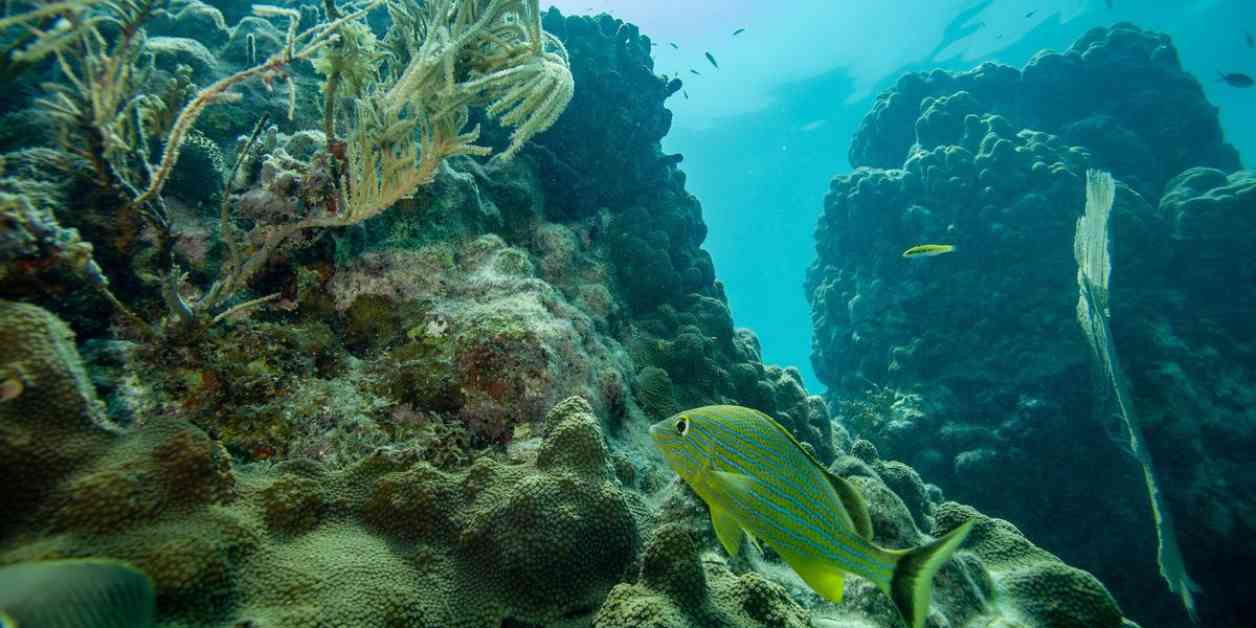Earth’s Oceans Facing Critical Acidification Levels: A Threat to Marine Life and Ecosystems
Scientists have recently discovered that Earth’s oceans are on the verge of becoming too acidic to support marine life. This alarming revelation comes from a new study conducted by the Potsdam Institute for Climate Impact Research (PIK), which highlights the imminent danger posed by ocean acidification.
Planetary Boundaries at Risk:
The PIK report identifies nine crucial planetary boundaries that are essential for sustaining life on Earth. Unfortunately, human activities have already exceeded the thresholds in six of these areas, with ocean acidification rapidly approaching a critical level, particularly in higher-latitude regions.
The main factors contributing to this alarming trend are the continuous rise in carbon dioxide emissions from fossil fuels such as oil, coal, and gas. As more CO2 is released into the atmosphere, a significant portion of it dissolves in seawater, causing the oceans to become more acidic over time.
Implications of Ocean Acidification:
The consequences of ocean acidification are dire and far-reaching. As the acidity levels in the oceans increase, vital marine ecosystems such as coral reefs, shellfish, and phytoplankton are at risk of irreversible damage. These organisms serve as essential food sources for a wide range of marine species, and any disruption in their populations could have a cascading effect on the entire marine food chain.
Furthermore, the oceans play a crucial role in mitigating climate change by absorbing 25% of all carbon dioxide emissions and capturing 90% of the excess heat generated by these emissions. If the oceans become too acidic, they will lose their capacity to perform these functions effectively, leading to further destabilization of the global climate system.
Interconnected Planetary Boundaries:
Levke Caesar, a climate physicist at PIK and co-author of the report, emphasizes the interconnected nature of the nine planetary boundaries. He points out that the health of Earth’s ozone layer, which is the only boundary not near exceeding the threshold, has been preserved through international efforts to ban harmful chemicals. This success story serves as a reminder of the importance of collective action in addressing environmental challenges.
Looking Ahead:
Despite the grim outlook presented in the PIK report, there is still hope for reversing the tide of ocean acidification. By implementing stringent emission reduction measures and adopting sustainable practices, we can slow down the acidification process and potentially prevent it from reaching a critical threshold.
However, time is of the essence, as even with immediate action, some level of continued acidification may be unavoidable due to the lingering effects of past emissions. It is imperative that we reevaluate our current environmental policies and prioritize the protection of our oceans for the sake of marine life, ecosystems, and ultimately, human survival.
In Conclusion:
The looming threat of ocean acidification serves as a stark reminder of the urgent need to address the root causes of climate change and environmental degradation. By working together to reduce carbon emissions, protect marine ecosystems, and promote sustainable practices, we can safeguard the health of our oceans and ensure a sustainable future for generations to come.













